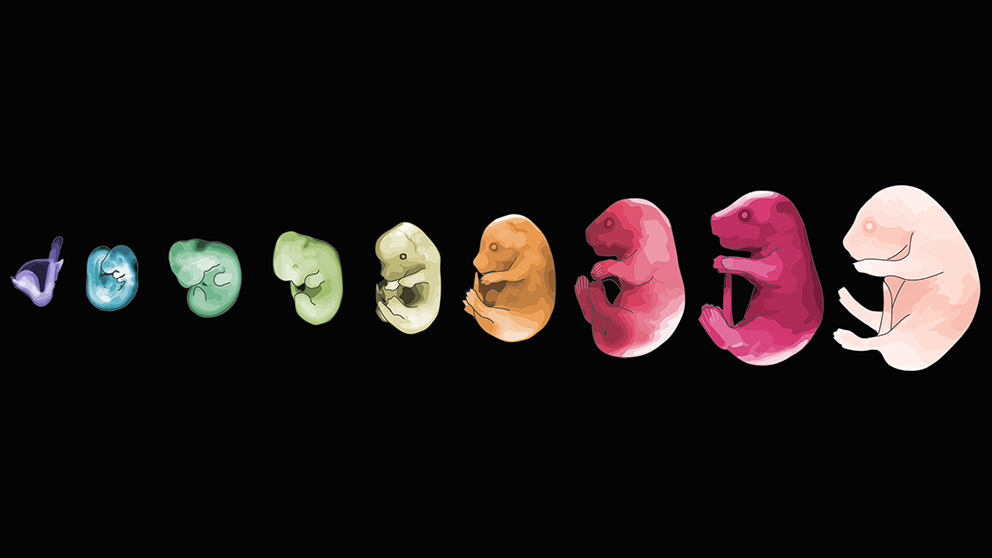Ian Welsh, Ph.D.
Associate Research Scientist
My research interests are focused on the establishment and characterization of genetic models of embryonic morphogenesis as a means to develop a more synthetic understanding of genome regulation and function, and thereby advance human health.
My research interests are focused on the establishment and characterization of genetic models of embryonic morphogenesis as a means to develop a more synthetic understanding of genome function, and thereby advance human health. As a member of the Knockout Mouse Phenotyping Program (KOMP2) and International Mouse Phenotyping Consortium (IMPC), I bring to bear a broad expertise in embryology and genetics in order to advance this collaborative effort in the functional annotation of the mouse genome.
Advancing a mechanistic understanding of craniofacial development represents my core research interest. Craniofacial morphogenesis demands coordinated outgrowth of multiple facial prominences that are initially spatially separated. How morphogenetic domains are organized to coordinate craniofacial development is an important question. While a number of genes and pathways important for palate development have been identified, a systems-level understanding of how the regulatory networks are integrated to achieve precise control of midfacial development remains a challenge. This knowledge gap hinders the identification of causal mutations associated with human craniofacial pathologies. I seek to define transcriptional landscapes underpinning the modularity of midfacial outgrowth and skeletal differentiation along the anterior-posterior axis of the upper jaw, a parameter critically influencing midfacial morphogenesis. I seek to leverage multi-omics approaches in conjunction with developmental and systems genetics, and 3D imaging to establish a multiscale model of mechanisms that coordinate midfacial morphogenesis. This research will ultimately define the mechanisms underlying tolerance to morphological variation separating normal craniofacial development from pathology, as well as opening new avenues to advance the diagnosis and treatment of an important class of human birth defects.
